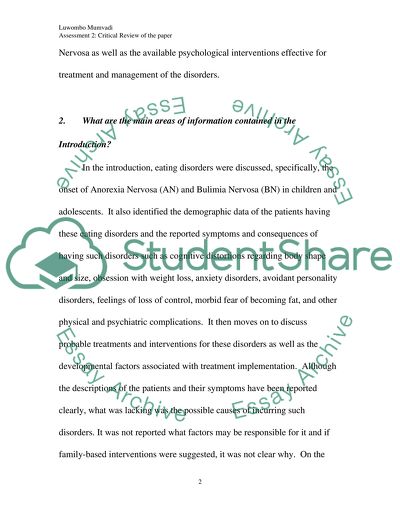Cite this document
(“Critical review of journal of counselling psychology qualitative Essay”, n.d.)
Retrieved from https://studentshare.org/environmental-studies/1410273-critical-review-of-journal-of-counselling
Retrieved from https://studentshare.org/environmental-studies/1410273-critical-review-of-journal-of-counselling
(Critical Review of Journal of Counselling Psychology Qualitative Essay)
https://studentshare.org/environmental-studies/1410273-critical-review-of-journal-of-counselling.
https://studentshare.org/environmental-studies/1410273-critical-review-of-journal-of-counselling.
“Critical Review of Journal of Counselling Psychology Qualitative Essay”, n.d. https://studentshare.org/environmental-studies/1410273-critical-review-of-journal-of-counselling.


